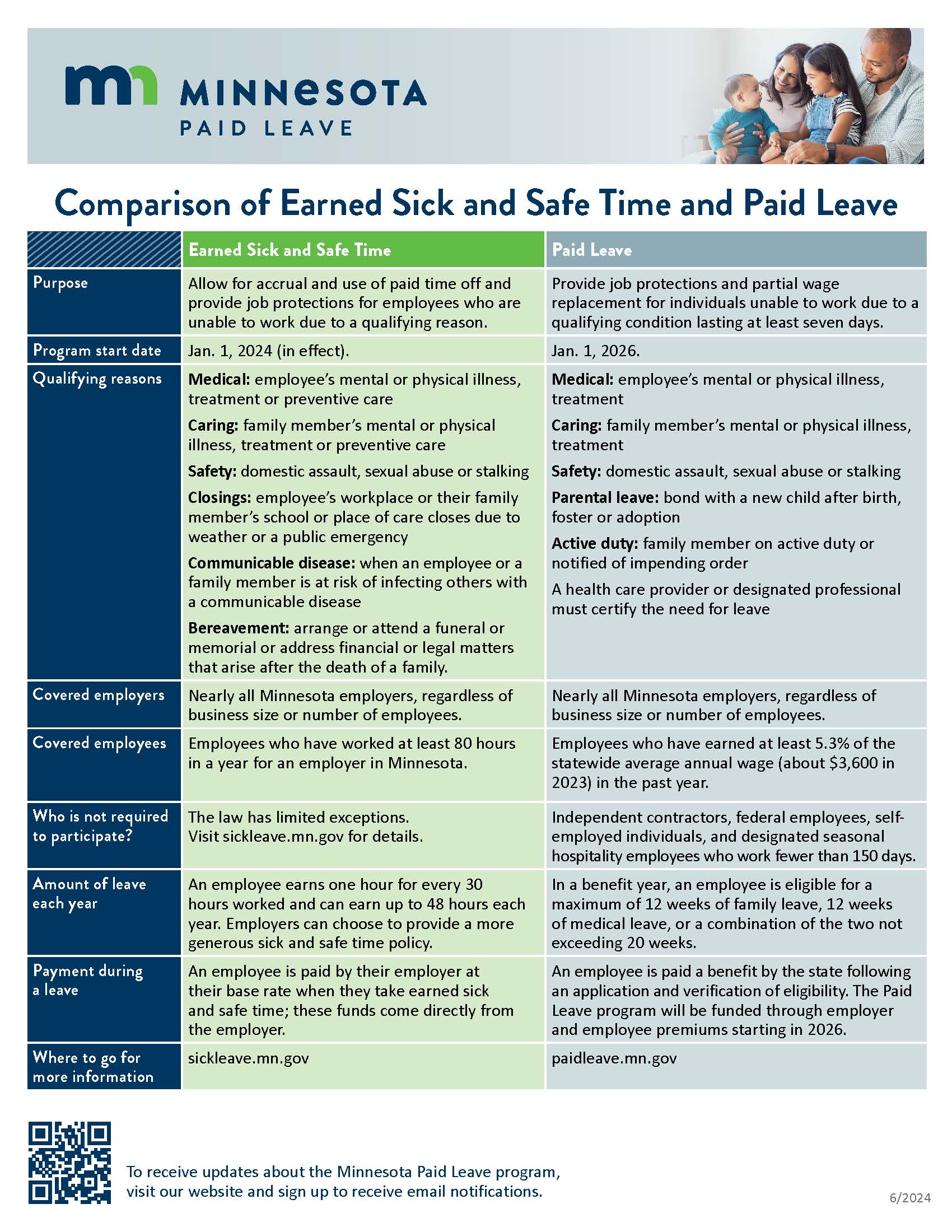
SFM has promoted Amanda Aponte to Executive Vice President, effective Sept. 8, 2025.
In her expanded role, Aponte will partner closely with CEO and President Terry Miller, broaden her leadership across the organization, and represent SFM with industry leaders and stakeholders. She will also continue serving as Chief Financial Officer (CFO) during the transition.
“I’m honored to step into this position,” Aponte said. “While my background is in analytics, my passion is leading people with kindness and empathy. I’m excited to help guide our teams through staffing and technological evolution as we strengthen our reputation as The Work Comp Experts.”
Nearly 20 years of impact at SFM
Aponte’s journey with SFM began in 2007 as an Actuarial Intern. Over the years, she rose through the ranks as Actuary, Director of Analytics, Chief Risk Officer and CFO. Her fingerprints are on nearly every financial milestone the company has achieved – from enterprise risk management and reserving to investments and business intelligence.
“I love data storytelling – using data to explain where we’ve been and where we’re headed,” Aponte said. “It creates buy-in, drives better decisions and connects across every discipline.”
Her financial expertise has not only fueled SFM’s growth but also contributed to community impact, including her role on the Children’s Minnesota Hospital investment subcommittee.
Looking forward
“Amanda is a sterling example of what happens when we give people the space to fulfill their potential,” Miller said. “Her financial acumen and vision have been critical to SFM’s success, and her leadership will help position us for the future.”
Aponte is clear about SFM’s purpose: “SFM is mission-driven. We have a safety-first mindset and we’re there for employers and their workers when injuries happen. We strive to have the right employees that believe in and support that mission, people who have the highest service standards and principles. SFM continues to seek policyholders that embrace our expertise, and we will be around to fulfil the long-term promises we make.”


